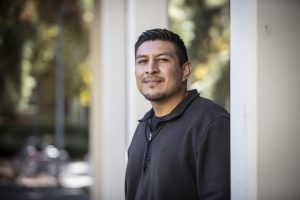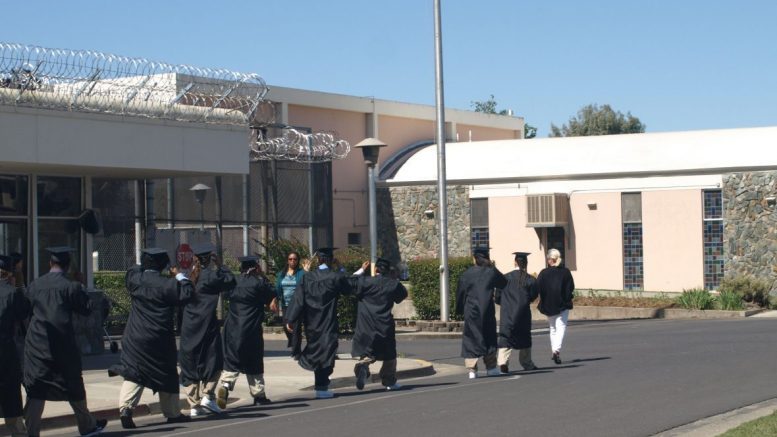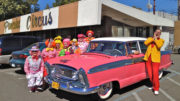Essay: Closing California’s juvenile justice division is a good start, but young people need community support
By Daniel Mendoza
In the midst of a global pandemic and a national reckoning on racial injustice, California has a historic opportunity to do right by young people of color.
As Gov. Gavin Newsom plans to close the Division of Juvenile Justice and “end youth imprisonment as we know it,” we can shift from a punishment-first approach to investing in the community supports young people need not only survive but thrive.
For many people of color in California, the crisis began long before COVID-19. The crises of poverty, lack of educational opportunities, unemployment and racism had already seeped into our communities. Living through the pandemic, we must not forget the most vulnerable, including incarcerated youth.
For generations, our Black and Brown youth have been caught up in a punitive system designed to incarcerate, oppress and subject them to life-long consequences. As one of them, I know the dehumanizing tactics that the “criminal justice” system uses. So I’m glad that California is moving toward shutting down its youth prisons.
But we have to make sure we don’t shift more money from the Division of Juvenile Justice to law enforcement at the county level with no accountability. Over the years, counties have relied too much on incarcerating young people instead of addressing root problems and providing critical services. Local youth detention centers are outdated and proven to not support or rehabilitate youth.
As California moves forward, it must ensure counties are held responsible for improving outcomes for young people. That means strong state oversight to ensure that resources go to proven, community-based solutions to help young people. It means implementing rigorous data collection and reporting systems to track counties’ progress. And it means ensuring that no state funding makes its way to detention and the punitive juvenile justice approaches of the past.
The last few months have been a reminder of the profound racial inequities embedded in our systems, including education, health care, policing and criminal justice. Until we do what’s right by our young Black and Brown youth, California cannot claim equal justice for all.
But I have hope.
Communities, families and individuals are getting in “good trouble” by pushing for California to move away from failed policies. We need to dismantle this oppressive system and bring forth a new era of hope, love and liberation. Instead of investing more in prisons and probation, we need to invest in community supports that help young people stay in school, stay healthy and develop the skills and purpose that will serve them for life.
For generations, our Black and Brown youth have been caught up in a punitive system designed to incarcerate, oppress and subject them to life-long consequences.

Daniel Mendoza is a youth justice and policy advocate at Fathers and Families of San Joaquin in Stockton.
After five years of incarceration, I’ve earned a bachelor’s degree in ethnic studies from UC Davis, where I co-founded Beyond the Stats, a group of formerly incarcerated students working to dismantle structural barriers and support students in the University of California system.
I also became a youth and policy advocate with Fathers and Families of San Joaquin in Stockton, where we work directly with young people and families to disrupt cycles of violence and reduce recidivism. Our nationally recognized model for “healing through culture, organizing with hope, and building people power” is exactly the kind of affirmative work that needs more support from California right now.
I am one of many who survived and is now giving back. California is a better place when we support all young people to be their best.






Be the first to comment on "Do better for youths of color"